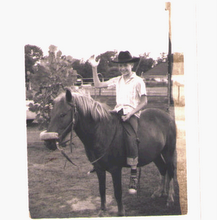
The dream of the fifties for most Americans was to move from the crowded cities and buy a home in the suburbs. The GI bill, the interstate highway and developments like Levittown New York made this transformation from ethnic urban dwellers to suburban nuclear families the norm. Of course, with the sixties, baby boomers rediscovered the cities. Here they could become independent of Mom and Dad (receiving the occasional Care package) and indulge in bohemian lifestyles in older urban housing, that was in the beginning, low in rent.
As more baby boomers moved to the inner cities, Gentrification took place. Over the years, renters became homeowners and the urban fixer upper became the pet child of the baby boomer of the sixties and beyond. This Old House has its roots in this movement.
At the other extreme was the back to the land movement. Here young baby boomers flocked to join rural communes. They ate squash that they raised, made their own organic toothpaste, and lived like modern day Shakers, but with sex. Wavy Gravy's Hog Farm is an example of a hippie commune.
The young person in 1969 faced a number of choices. He could move to a commune, move to the city and live on the streets, or take the path of least resistance and go to college.
Most of us took the path of least resistance with the acknowledgement that we were simply passing through the academic world on our way somewhere else. We liked to think our final destinations was an ashram in India or a carpenter shop in New Hope. Yeah, right.


No comments:
Post a Comment